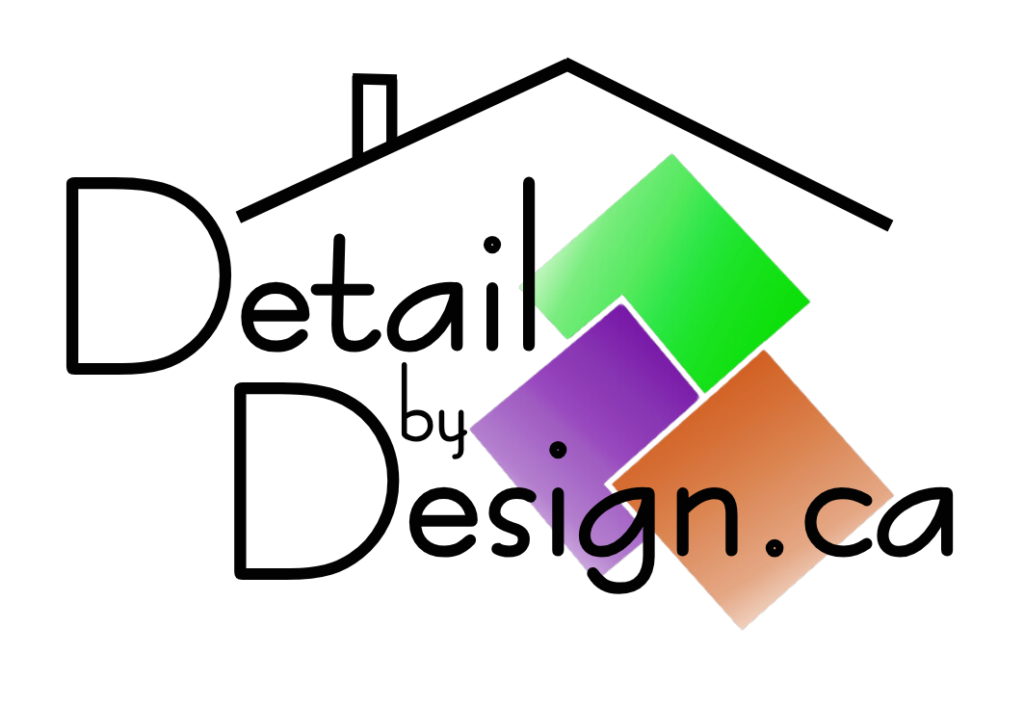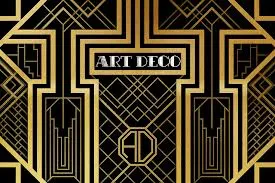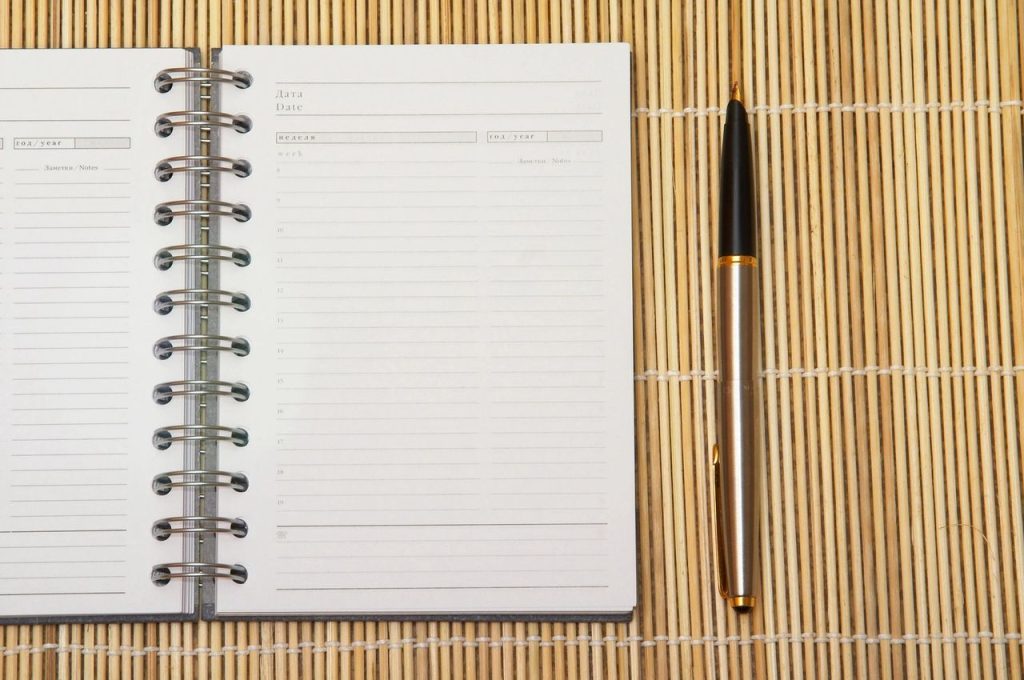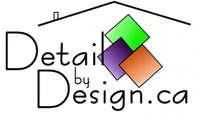How do you define your personal kitchen style?
Defining “your” style can seem like a daunting process especially when selecting high ticket items for your home. As individuals we rarely fit into a single definition of a design style category. This mix of two or three styles, depending on the room, its function, furniture, art, architectural elements of your home, the list goes on, make it difficult to determine your style. Plus, we generally acquire items over time, rarely do we have the luxury of purchasing every item for our home at the same time.
Being able to buy all our home interior items (furniture, textiles, window coverings) at once would make creating a personal style easy. But we select items based on an emotional response to colour, style, print and appeal, just to name a few. When we choose home interior surfaces (I.e flooring, cabinets, door styles) the same personal response plays a significant role,however, the process may often feel more overwhelming. I attribute the difficulty in choosing the interior surfaces for our home largely based on cost and duration with which you will be living with the choices.
Let me explain further: when you are selecting a new duvet cover and window coverings for your master bedroom the average home owner will keep these items for 3-6 years. When you renovate your home (or are building a new home for example) flooring, kitchen cabinets,and fixtures come with an expectation of lasting the 15-20 years. Therefore, making choices that you can “live with” for a long time and give you the best return on your investment makes the selection process seem more critical.
I always recommend working with a professional. Interior finishes are not as easy to research as you would a car, but come with a similar investment. Working with a kitchen and bath designer or interior design professional can guide you through choosing ideal materials, finishes and configurations that not only suit your needs, function and budget but will be complimentary to the style, value of your home and reflect your own personal style. Definitely a lot to think about and consider!
One of the best ways to figure out your personal style is looking through visual resources; magazines (my personal favorite is -Trends), online websites (Houzz, Pinterest, Instagram), store displays and showrooms. I find when working with clients most are very aware of the styles they don’t like but have difficulty defining what it is they like until we get further into the design process. This knowledge in itself is very helpful and offers an important starting point that narrows down the options.
When it comes to selecting hard finishes (cabinets, flooring, tile, countertops, etc.) the process seems more difficult for many people. I attribute this challenge (as I mentioned above) to the fact that these elements within your home are more permanent than the softer finishes (furniture, window coverings, paint). These selections are definitely changed less frequently, mainly due to cost and disruption to your home. If you are considering upgrading your home (or are building a new home) defining your personal design style will make choices simpler.
Let’s take a look at some of the styles available. Interior design styles -including kitchens, are broadly categorized between traditional/classic and modern/contemporary. However, there are dozens of styles, influences and ways of expressing these styles that go beyond the limitations defined by two categories.

Traditional – characterized by architectural details or focal points. Cabinets tend to have raised door panels with greater detail, medium to dark woods, and detailed embellishments. The finish details of the cabinets with hand-scraped finishes and glazes are more popular in traditional style kitchens.
For example; islands will include turned posts, onlays,or pillars. Detailed finishes include glazes, antiqued or distressed finishes and layered mouldings. The use of multiple doors styles and finishes is also common within the traditional style. Glass doors with mullions add interest and depth to a wall of cabinets.

Focal points are created above ranges or cooktops often adorned with rangehoods that are more than just ventilation. Custom hood designs may include: decorative mouldings, unique materials with copper, ornate metal or stone. Other decorative elements such as corbels, capitals, and fluted columns define this style.
Cabinet hardware is yet another piece to the puzzle. Each element becomes a part of the story blending all the features together to from flooring, cabinets, mouldings and backsplash.

Modern – the polar opposite to traditional. In a modern style kitchen (I will discuss the subtle differences between modern and contemporary further as these terms are often used interchangeably) simplicity is primary. Cabinets styles are simple, clean lines of flat panel or slab doors with integrated hardware or simplistic linear pulls. Strong horizontal lines are often significant in a modern design accentuated by sleek oversized door/drawer pulls.

Finishes lean towards solid natural tones (greys, whites) or if wood is used the grain will run horizontally vs vertical applications in a traditional setting. The lack of ornamentation is very intentional and appliances are designed to blend or disappear into the overall finish (refrigerators will be the same depth as surrounding cabinets with matching panels creating a fully integrated look).
Contemporary – as mentioned above, it is often difficult to determine the difference between a modern and contemporary kitchen. Contemporary means “of the moment” or “current”. Not to say that a modern space doesn’t have similar features, but a contemporary style takes it a step further often using old materials in new ways. This may include the latest in technology or unique uses for existing common materials.

This style is sleek, edgy and not afraid of colour. The choice of the most up-to-date appliances lend to this style in design, function and technology. Induction cooktops, sleek drawer refrigerators, built in coffee/espresso makers are corner stone to developing a contemporary kitchen. Blends of materials, finishes, cabinet sizes, scale and use of bold or strong colour set contemporary design apart from modern design.

Transitional -the perfect blend of classic comfort, inviting design with the understated colours and clean lines of modern styles define transitional style. Transitional design becomes the harmony of modern technology without the fussy/formal influence found in more traditional spaces yet avoids the harsh edges of contemporary, creating the best of both worlds (styles). As shown, with a transitional style you have a great opportunity to blend traditional surfaces (i.e. warm woods and stone) with simple strong lines, layered finishes and minimal accents and adornments.

Art Deco – this style began to make its way into homes after WW1 but more significantly into the 1920’s. Born out of an eclectic blend of traditional motifs and industrial materials, this style is most characterized by the bold geometric shapes, rich colours, strong ornamentation with lavish symmetrical designs. Art Deco provided a sophisticated elegance strongly influenced by mood created by layered lighting and its effects. Although, this style has more of a broad architectural and interior decorating application the Art Deco influence can be reflected in a kitchen design with strong backsplash details, stepped cabinet heights and keeping with the iconic Art Deco colour palette of black and white.

Arts and Crafts – or commonly known as Craftsman is my personal favorite. Again, a very significant architectural style introduced in the late 1900’s. This style is reflected in many of the homes designed by architect Frank Lloyd Wright (1867-1959). Wright’s attention to detail, function, movement through a home and how the home “fit” into its surrounding is legendary.
If you look at the famous Robbie House, built in 1910, the use of large cantilevered overhangs, linear brick, glass and wrought iron (picture left – back gate, Robbie House, Chicago, IL, you can see how the glass design and wrought iron include the same pattern both of which designed by FLW) design are iconic to the Craftsman style.

The Arts and Crafts movement was largely in reaction to the industrial revolution promoting the fine art of beautifully hand crafted furnishings, glass design and metal work. The simple elegance and functionality coincided with the decline of the Victorian era which boasted opulent fussy details. In a craftsman home/kitchen you will find simplicity in the cabinets using a shaker style door, adorned with custom glass inserts to reflect this period. The use of natural materials and woods are strategically selected to provide a warm inviting space where form and function unite.

The sub-category of Rustic Contemporary could easily fall into a Craftsman definition with the use of natural holistic materials. This design style uses wrought iron, natural materials, raw woods, glass and stone. Many of the elements have an industrial feel with rustic simplistic designs and details. Lighting styles have truly embraced the industrial style with pendants and chandeliers in iron, copper, and pewter. Open beams and large windows are additional features to this style that blend interior design with nature and the landscape beyond the indoors.
Country – (French and English)

French country is the balance of elegance and functionality. Free of embellishments but include shapely well scaled pieces. The use of clear warm colors (creams, ivories, sages, sunny yellows, lavender, sky blue, brick red) bring are significant to this style. Layered mouldings with dental or rope detail is often found which harmonize with the simplicity of raised panel doors and detailed textured backsplash (no minimalist tile allowed!). Fresh flowers in a pottery vase are essential in a French country kitchen. Of course the kitchen would not be authentic without the iconic Rooster adorning one or two items, yet keeping the theme under control.
English Country – although the colour palette of French and English Country are very similar the English version is less formal, still elegant but unconventional. Refined, traditional style with eccentric elements set this style apart. In an

English Country kitchen you will find solid wood cabinets, flat paneled doors with simple sturdy construction. Woods may be white washed creating a well-worn appearance. Where possible, rustic beams and a stone fireplace are quintessential elements found in your English country kitchen. Countertop surfaces can be anything from stainless steel in the main prep area to a marble surface for rolling out pastries or cherry wood butcher block. Apron front sinks and metal pot racks are other common elements to this style.
Cottage – cozy, unpretentious, soft colour palette. Cottage style is more defined as a life style choice, blending distressed finishes, flea market finds, with family heirlooms. This style has a subtle eclectic feel with old and new furniture keeping a casual inviting feel and cabinet styles reaching back to when times were more simplistic and your home was a reflection of a lifestyle choice. Mismatched furnishing in warm whites, creams and soft hues of blue, greens or pink.

One trademark of the cottage style is beadboard, often adorning cabinets, walls and ceilings. Open shelves were used instead of upper cabinets as kitchens were considered more utilitarian. To reduce cluttered appearance keep dishware in a single colour or use the shelving for large bowls, platters and pictures. Cabinets can be made to appear like free standing furniture using bunn feet tucked underneath and painted in contrasting colour of soft green or blues. Apron front sinks are commonly found and have made a strong come back on a few other styles (including farmhouse which these sinks are interchangeably known).
Eclectic – when done right this style can have a sense of effortless coincidence. Eclectic is a unique blend or mix of period styles/styles, (i.e. Art Deco/Victorian or Rustic/contemporary), finishes (lacquer cabinets with butcher block countertops), prints colour and ethnic influence. A key trick to making the Eclectic style work is restraint! Too many styles, textures etc can make a room feel disconnected and chaotic.

In this kitchen we have rustic Knotty Alder cabinets with a classic granite counter top yet there are elements of artistic influence and whimsical design: backsplash (modern glass and stone tile is highlighted with custom red glass inserts), Bar top – custom designed wrought iron and glass with hand-blown glass features.
All of these elements work with the interior brick wall, strategic bursts of colour, and decorative elements without feeling overwhelming and cluttered.

Mediterranean – the Mediterranean style draws its colour palette from the sun and the sea using bright yellows, ocean blues and spicy reds. Mix these bold colours with swooping curves, hand painted tiles, wrought iron and dark woods you can develop a rich, warm and inviting Mediterranean kitchen. Wall treatments can include stucco or Venetian plaster effects. Ceiling details may include exposed beams or brick lending to a full 360˚ expression of this style.

Moroccan – although similar to Mediterranean, the Moroccan style has a much more ornate use of patterns and finishes. The tile used on the floor and backsplash is typically very intricate and colourful using bold vibrant colours as you can see with some of the images included. The use of elaborately carved woods, warm earth tones are the backdrop for the ornate details found on the surrounding surfaces that are signature exotic elements of Moroccan interiors. Curves, strong colours and ornamental details pared with metallic accents are cornerstone elements to creating a Moroccan interior. Definitely a style for the person who loves vibrant colour and pattern.

Asian – a true Asian style is developed through a fundamental sense of calm and serenity with a punch of the exotic. It is the calming elements of smooth harmonious lines and a balance of simplicity with splashes of red that makes this style very popular. The use of organic materials provides the necessary connection to the earth and nature.

Consider using butcher block countertops, bamboo or cork flooring accented with rich dark wood cabinets. Include elements of nature with unique glass designs that imbed grasses or leaves within the glass or acrylic panels (image from Lumicor) that connect your space with nature.

In keeping with the Asian theme your kitchen would not be complete without an exotic focal point and a punch of colour. Accents of vibrant reds, unique features (sliding door with reed glass insert or a custom tile backsplash design) complete the Asian theme.
As you can see there are a multitude of various styles. Figuring out what fits your personal taste, life-style, and the architectural elements of your home has endless possibilities. When it comes to the interior of your home there really aren’t hard rules, only guidelines to consider. With the help of a kitchen and bath designer/interior designer, your home can become a reflection of your style or maybe you have a flair for visualizing the combination of different elements! Find what speaks to you and make your house a home with your personal style! kitchen decor kitchen design style










